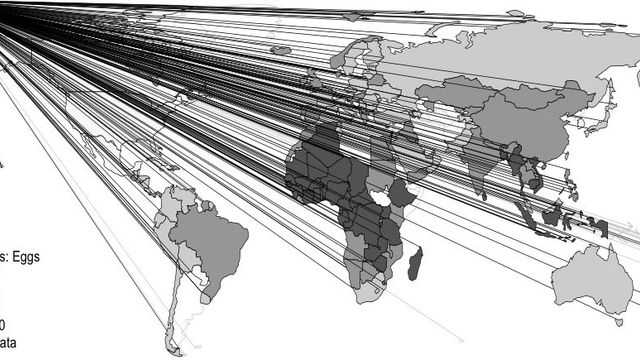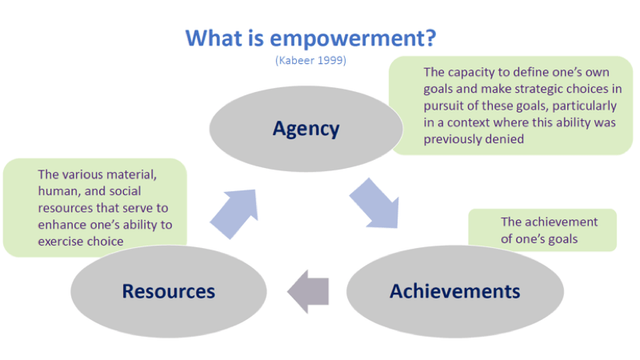Outcomes from the E-Conference on Nutrition-Sensitive Agriculture
SDSN Sustainable Agriculture and Food Systems hosted a fully-online conference on nutrition-sensitive agriculture from 3-5 June, 2019. Nutrition-sensitive agriculture offers great potential for achieving SDG 2, as it connects agricultural development to improved nutrition outcomes. Many nutrition-sensitive agriculture interventions have been applied in recent years. This e-conference aimed to turn the evidence coming from these interventions into concrete recommendations for practitioners. Close to 1,000 people from all over the world registered for this e-conference, taking part in three live sessions and interacting via an online conference platform.
Participants in the e-conference connected via an online discussion forum that will remain active beyond the e-conference. If you would like to join, please register here. You can also sign up to the SDSN newsletter to stay informed about future e-conferences!
Monday, 3 June: Matin Qaim on smallholder production and dietary diversity
Matin Qaim of the University of Göttingen explored the pathways from smallholder production diversity to household dietary diversity (Figure 1). Using results from his meta-analysis and the work of colleagues, Matin showed that increasing production diversity does not always lead to increased dietary diversity in farm households. Food purchased on the market has a greater effect on dietary diversity. Still, production diversity helps to reduce risk and has ecological benefits (e.g. pest and disease control). One of Matin’s recommendations is to shift the focus from staple grains to neglected foods, which are often more nutrient-dense than staples. Watch the video (presentation starts at 5:55 ) and view the slides to learn more.
Figure 1: Potential pathways from production diversity to dietary diversity of farm households
Tuesday, 4 June: Harold Alderman on market challenges and solutions to nutritious food access
Harold Alderman of the International Food Policy Research Institute described the effect of prices on nutrition. Using results from his upcoming study, Harold showed that in lower income countries (as compared to high-income countries), healthy foods were generally more expensive than staples and unhealthy foods (Figure 2). Prices not only had an influence on the consumption of healthy foods, Harold also found a relation between prices and nutritional status. Like Matin, Harold recommends investing in agricultural research to increase productivity of legumes, fruits, and vegetables next to existing research on staples. In addition, he recommends to focus on reducing transport costs by improving infrastructure and (cold) storage to improve market access. Watch the video (presentation starts at 5:03 ) and view the slides to learn more.
Figure 2: Price of eggs relative to staples
Wednesday, 5 June: Agnes Quisumbing on women’s empowerment for better nutrition
Agnes Quisumbing of the International Food Policy Research Institute discussed the role of women’s empowerment (Figure 3) in nutrition-sensitive agriculture. A meta-analysis by Agnes and colleagues shows that including women’s empowerment in nutrition-sensitive agriculture interventions strengthens the impact of these interventions on household dietary diversity. To determine such an impact in specific interventions, Agnes and her colleagues have worked on the Women’s Empowerment in Agriculture Index (WEIA) and its successor pro-WEIA. Agnes presented WEIA and pro-WEIA and demonstrated how these can be implemented in projects using the example of the Agriculture, Nutrition, Gender Linkages (ANGeL) project in Bangladesh. Watch the video (presentation starts at 4:32 ) and view the slides to learn more.
Figure 3: The three main components of empowerment
Testimonials in Support of the Event
I am very thankful to you and all the other organising members of this conference. I feel very fortunate that I was able to attend all three sessions. Again a big thank you for slides and resources. – Manish Kumar
Thanks for the very stimulating discussions over the past 3 days! I hope you’ll organize more! – Victor Pinga
Thank you so much! Interested to be informed on the relation between commercialization and consumption of micronutrients as we learned today on GLV. – Mukamana Laurence on Day 1
Thanks a lot for this. Especially for the zooming on the complex relations between commercialization, market access and HH nutrition; with statistics and references!! – Déborah Badombena on Day 1
Good insights on nutrition sensitive ag, not only projects on agriculture incorporating nutrition specific, but also simply investing on productivity and functionally of food markets, particular those foods which are more relevant for enhancing quality of diets of targeted populations. – Israel Klug on Day 2


